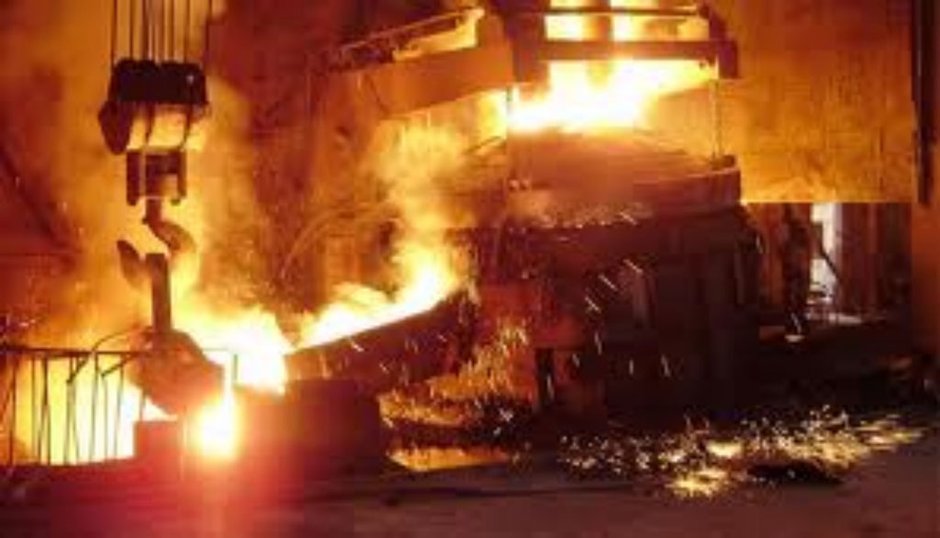The introduction of new higher quality refractories with longer in-service life cycles is steering the future direction of the global refractories industry, according to a new market report published by Materials Technology Publications. The key driving factor is the steel industry, which is responsible for up to 70% of the total demand for refractories.
Specifically, the use of longer lasting refractories is leading to reductions in consumption per tonne of steel, with the rates varying according to geographic region: North America, Europe and Japan currently consume between 8 kg and 10 kg of refractories per tonne of steel while China's consumption level is much higher - estimated at about 23 kg per tonne of steel, with other developing economies also using higher levels of refractories. However, according to the report, these high consumption levels are set to drop considerably over the next five years as the steel industries within these developing countries adopt more sophisticated refractory materials and advanced steelmaking practices.
The profitability of the refractories industry as a whole is strongly influenced by steel production levels and steel plant investments. The new report examines current steel production and forecasts through to 2017 by region/major producing country, predicting an upturn in the second half of 2013, followed by realistic and sustainable growth through to 2017. Refractories specifically tailored for cement, glass, ceramics and non-ferrous metals sectors are also examined in detail, including an examination of the trends in refractories usage within these sectors.
The 400-page long Refractories Industry Worldwide 2012-2017- A Market/Technology Report uses 275 tables and figures to describe and illustrate the current business environment and future prospects for the refractories industry worldwide, providing comprehensive data on production, consumption, international trade and growth rates for the industry, its raw materials suppliers and its end-user markets. The report's author is Ted Dickson, a leading consultant in the industrial mminerals sector, with extensive knowledge of the refractories industry and its markets.
Total world production of refractories was estimated to be 41.5 million tonnes in 2012, valued at 25 billion. The largest portion of this came from China, where production is estimated at 29.5 million tonnes and valued at 14.3 billion. China is also a significant supplier of raw materials, most notably refractory bauxite, magnesia, graphite, brown fused alumina and silicon carbide, though Chinese export restrictions have reinvigorated development of non-Chinese suppliers of key raw materials, such as magnesia.
Trade patterns for both raw materials and finished refractories are analysed in the report. The European Union (EU) is the second largest producing region for refractories, with an estimated production of 4.1 million tonnes in 2012, valued at 3.9 billion, followed by North America with 1.4 million tonnes in 2012, valued at 1.4 billion. The report forecasts that refractories production worldwide will rise to 46 million tonnes by 2017, with a value of 29 billion. The report breaks down forecasts by region / major producing country.
The refractories industry has been going through a long period of consolidation, particularly within Western countries. The world's top 10 multinational refractories companies, which account for about 70% of sales of refractory products, all have operations in China. There are numerous opportunities for international refractory companies in developing regions, particularly through joint ventures.
The report includes profiles of the world's major refractory manufacturers, giving their size, market share and product range, with financial results. Raw materials suppliers are also listed, along with a variety of specialist refractory companies. In total, over 180 companies are profiled.
×


